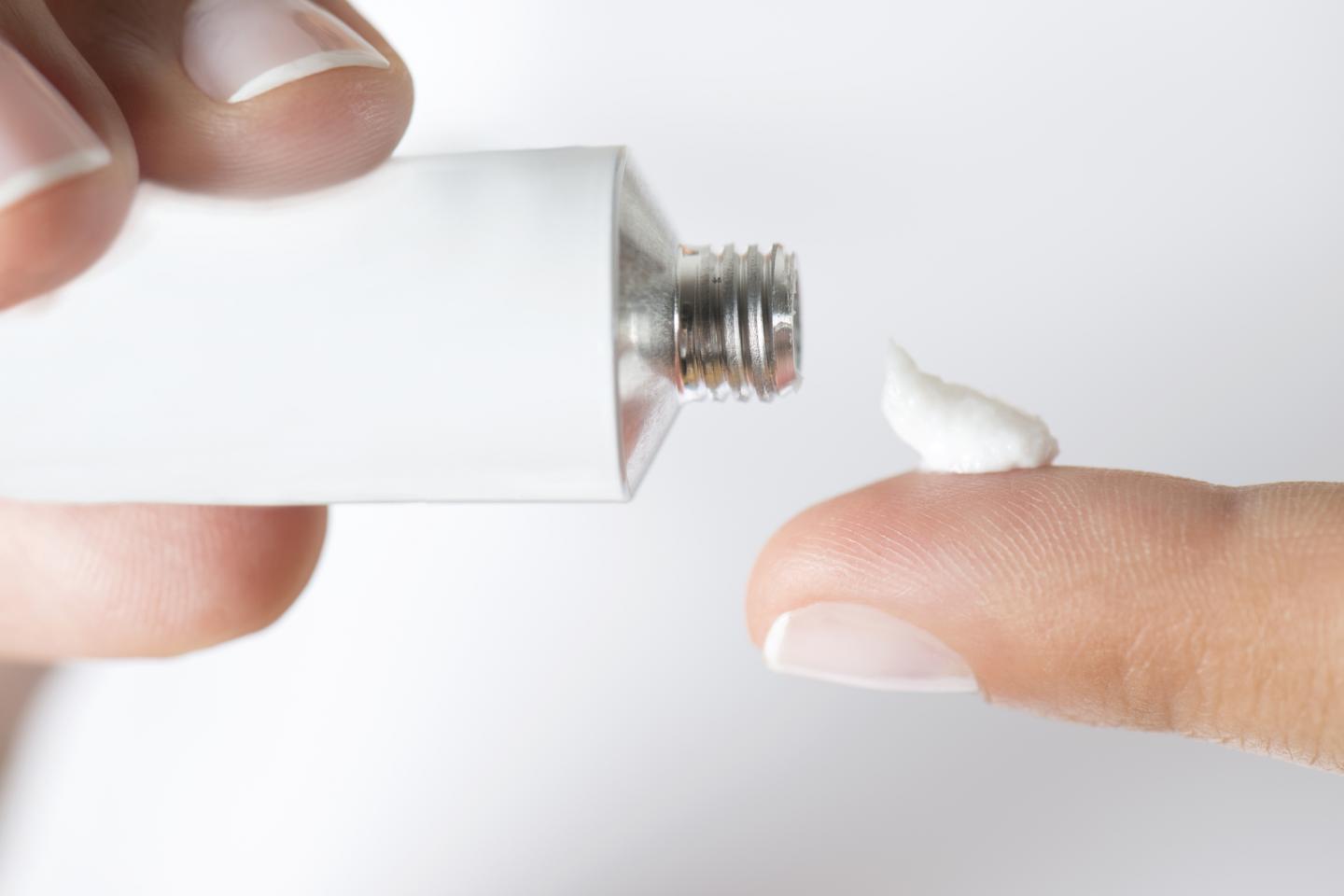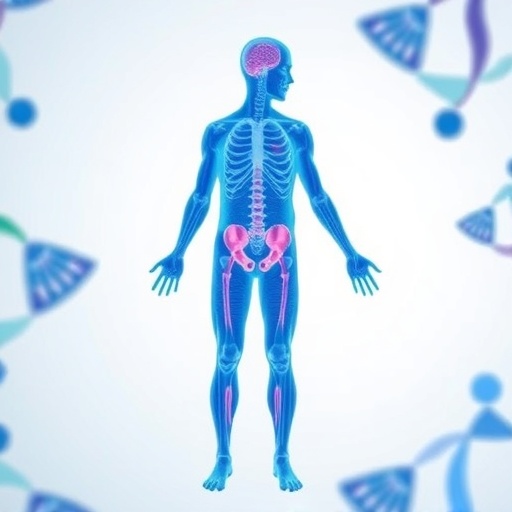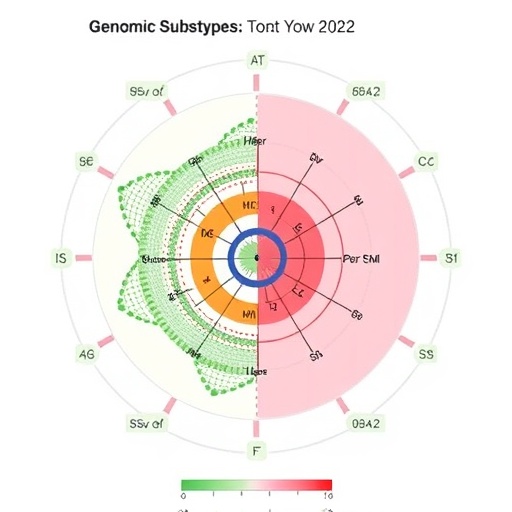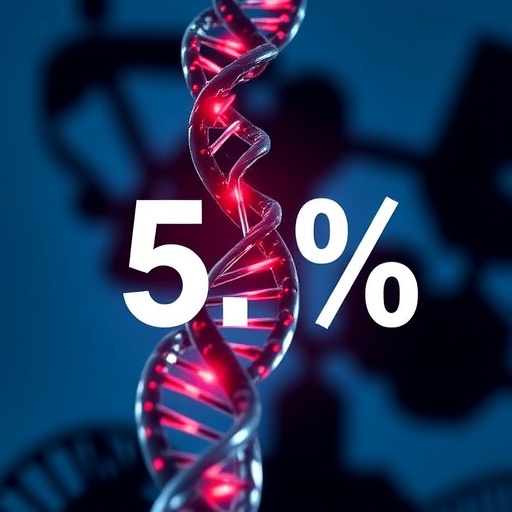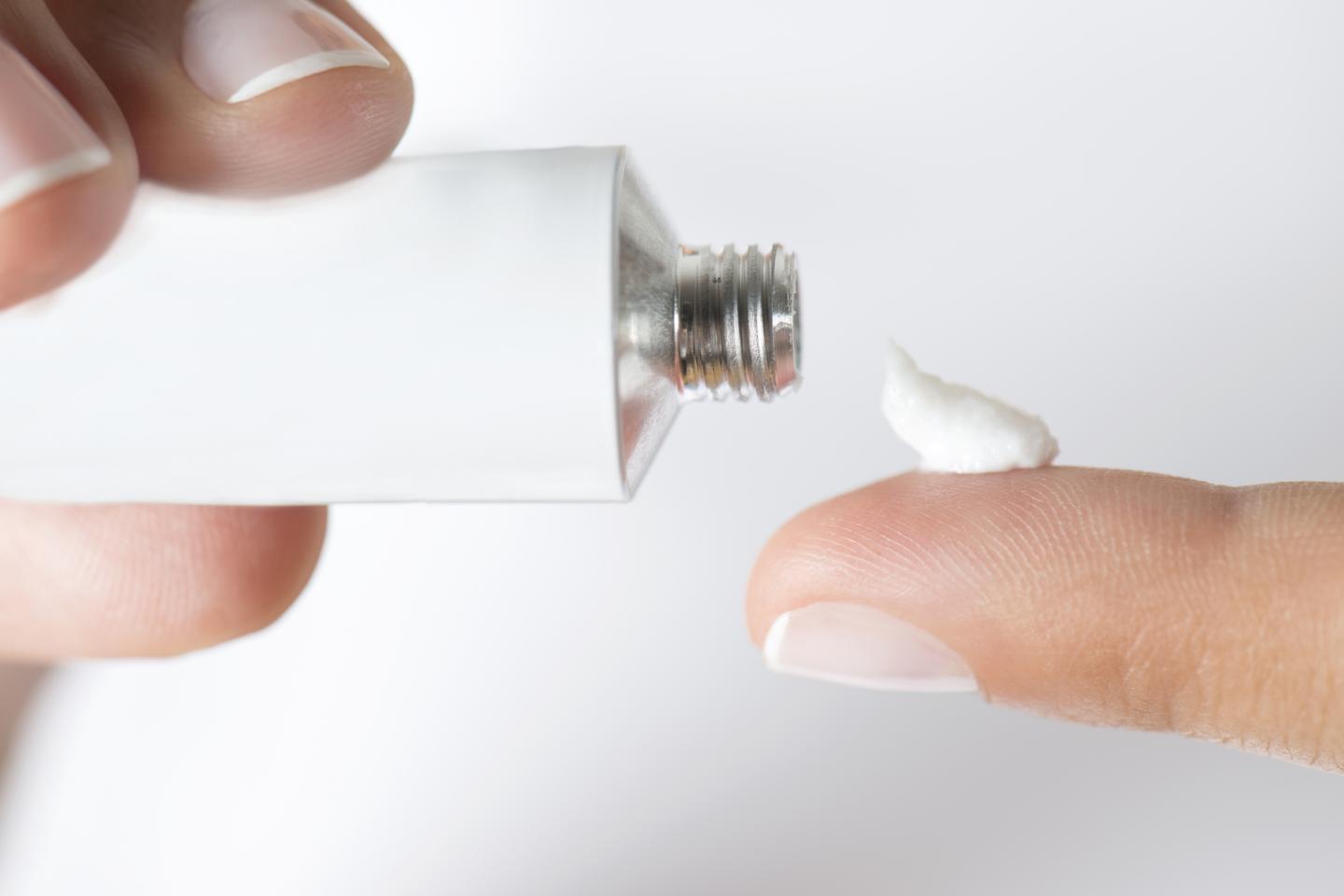
Credit: Penn Medicine
PHILADELPHIA – Contrary to the advice most cancer patients receive when they go through radiation treatment, topical skin treatments, unless applied very heavily, do not increase the radiation dose to the skin and can be used in moderation before daily radiation treatments. A new study from the Perelman School of Medicine at the University of Pennsylvania found that while 91 percent of clinicians surveyed said they advised patients to avoid these skin treatments and 83 percent of patients surveyed said they'd received this guidance from their doctors, testing showed there was no difference in the radiation skin dose with or without these creams. They published their findings in JAMA Oncology today.
Nearly two-thirds of all cancer patients in the United States will undergo radiation therapy as part of their treatment, and as many as 90 percent of those patients will experience radiation dermatitis – a rash or burn on the skin. Both prescription and over-the-counter topical treatments are commonly used to give patients relief, some of which – such as silver sulfadiazine cream – contain heavy metals. However, patients have historically been advised to avoid using these treatments in the hours before radiation therapy to avoid increasing the amount of radiation absorbed by the skin.
"This recommendation is a holdover from the early days of radiation therapy, but with the use of modern radiation treatments that can reduce dose to the skin, we hypothesized that it may no longer be relevant," said the study's lead author Brian C. Baumann, MD, an adjunct assistant professor of Radiation Oncology at Penn. He is also currently an assistant professor of Radiation Oncology at Washington University in St. Louis. James M Metz, MD, the chair of Radiation Oncology, was the study's senior author.
The study tackled two key areas. First, it established that it's still common practice for physicians to advise patients to avoid applying skin care products prior to daily radiotherapy. Second, it largely debunked the myth that their use increases the amount of radiation the skin receives, thus causing more damage to the skin – unless an extremely thick layer of cream is used.
For the first part of the study, researchers utilized OncoLink, an online cancer service dedicated to patient and provider education that is run by Penn's Radiation Oncology unit. They developed a survey to find out what percentage of providers advise their patients to avoid topical agents just before radiation treatments and what percentage of patients say they received that advice. Of the 105 doctors and nurses who said they regularly manage radiation dermatitis for their patients, 96 of them (91 percent) said they regularly tell patients not to use skin creams during the hours before radiation treatment. On the patient side, 111 out of 133 respondents (83 percent) said they received the advice from their healthcare providers.
Baumann notes that while the survey size is relatively small, the percentage of providers who say they give this advice and the percentage of patients who say they received it are both very high.
"These results suggest the recommendation is still widespread among patients undergoing radiation therapy," Baumann said.
To address the question of whether these topical agents really do increase the dose of radiation to the skin, Researchers used optically stimulated luminescent dosimeters (OSLDs) – a common device for measuring the amount of surface radiation absorbed with each dose. They used three squares of paper: one with nothing on it, one with a layer of the petroleum-based over-the-counter ointment Aquaphor, and one with silver sulfadiazine cream, which is only available by prescription. They placed the squares of paper in the beam's path and measured the absorbed radiation dose with OSLDs. They ran the experiment with varying degrees of thickness for both products. While the surface dose did increase when a very thick layer of the topical agent was applied, researchers found no increase in the surface dose with a moderately thick layer.
"Based on the results of this study, the use of topical agents just before radiation therapy can be safely liberalized, which may improve quality of life for patients undergoing radiation therapy, but very thick applications of topical agents just before radiation therapy should still be avoided," Baumann said.
###
Penn Medicine is one of the world's leading academic medical centers, dedicated to the related missions of medical education, biomedical research, and excellence in patient care. Penn Medicine consists of the Raymond and Ruth Perelman School of Medicine at the University of Pennsylvania (founded in 1765 as the nation's first medical school) and the University of Pennsylvania Health System, which together form a $7.8 billion enterprise.
The Perelman School of Medicine has been ranked among the top medical schools in the United States for more than 20 years, according to U.S. News & World Report's survey of research-oriented medical schools. The School is consistently among the nation's top recipients of funding from the National Institutes of Health, with $405 million awarded in the 2017 fiscal year.
The University of Pennsylvania Health System's patient care facilities include: The Hospital of the University of Pennsylvania and Penn Presbyterian Medical Center — which are recognized as one of the nation's top "Honor Roll" hospitals by U.S. News & World Report — Chester County Hospital; Lancaster General Health; Penn Medicine Princeton Health; Penn Wissahickon Hospice; and Pennsylvania Hospital — the nation's first hospital, founded in 1751. Additional affiliated inpatient care facilities and services throughout the Philadelphia region include Good Shepherd Penn Partners, a partnership between Good Shepherd Rehabilitation Network and Penn Medicine, and Princeton House Behavioral Health, a leading provider of highly skilled and compassionate behavioral healthcare.
Penn Medicine is committed to improving lives and health through a variety of community-based programs and activities. In fiscal year 2017, Penn Medicine provided more than $500 million to benefit our community.
Media Contact
John Infanti
[email protected]
215-301-5221
@PennMedNews
http://www.uphs.upenn.edu/news/


